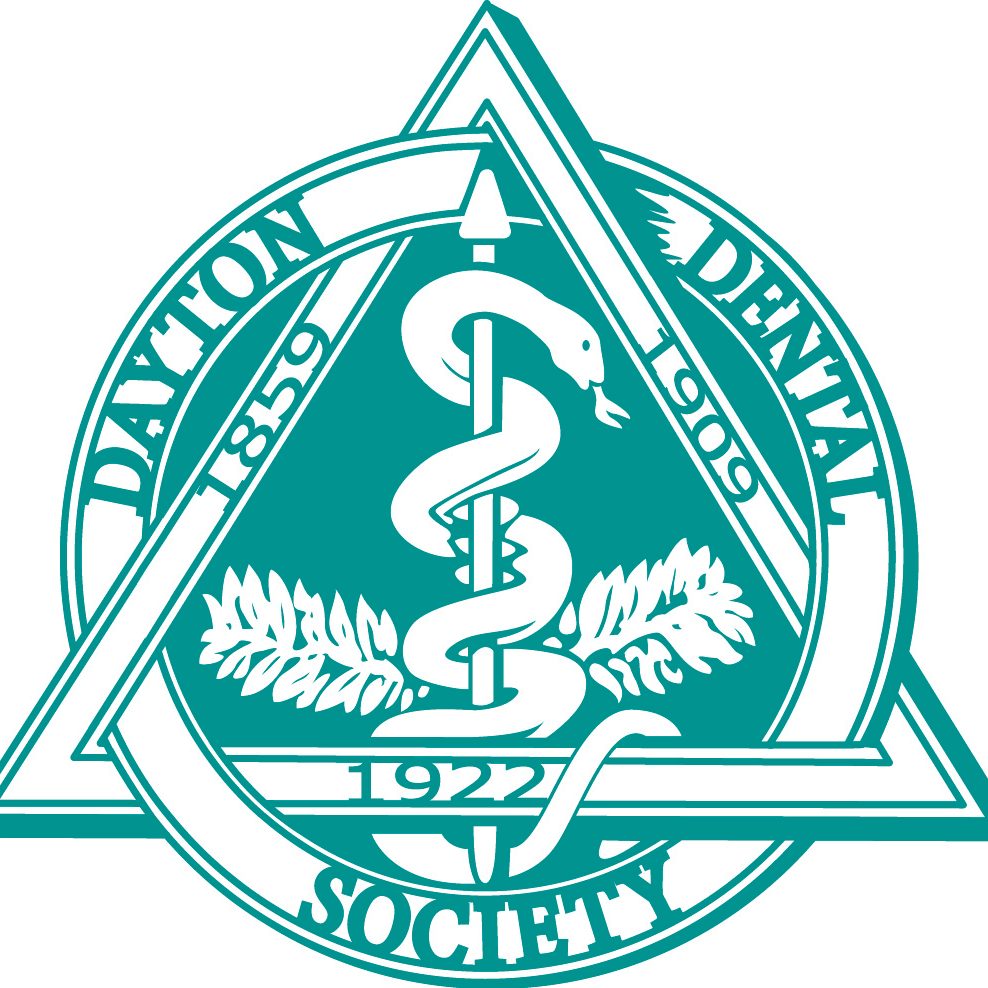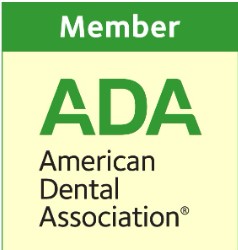TMJ Treatment

At Steve A. Sato, DDS, we’re here to help. Our dentist is experienced in diagnosing TMJ disorder and helping our patients find relief.
What Is the Temporomandibular Joint?
The temporomandibular joints control either side of your jawbone. Along with your facial muscles and jawbone, the temporomandibular joints are responsible for opening and closing your mouth and shifting your jawbone forward and backward and from side to side.
What Is TMJ Disorder?
A TMJ disorder occurs when these joints or the jawbone become damaged or misaligned, causing pain and a variety of other unpleasant symptoms.
There is, however, no single cause or symptom associated with TMJ disorders. In fact, a variety of concerns related to the jawbone and TMJ are considered to be TMJ disorders.
Symptoms of TMJ Disorder
TMJ disorder can be quite painful, causing significant discomfort. If you have a TMJ disorder, you might experience any of the following symptoms:
- Frequent headaches and/or migraines
- Jaw pain or tenderness
- Clicking, popping, or grinding in the temporomandibular joints
- Lockjaw
- Difficulty chewing
- Trouble opening or closing the mouth
- Neck pain
- Teeth sensitivity
- Worn, chipped, cracked, or broken teeth
- Ear pain
- Sinus pain
- Face, neck, shoulder, or upper back pain
If you suffer from any of the above-listed symptoms, we encourage you to talk with Dr. Sato about what you’re experiencing. We can help you determine the underlying cause of your TMJ symptoms and help determine the proper course of treatment to find relief.
What Causes TMJ Disorder?
Problems with the temporomandibular joints can be caused by a variety of factors including:
- Arthritis
- Misalignment of jawbones
- Malocclusion (misaligned bite)
- Muscle tension and stress
- Genetics
- Injury or trauma to the face, jaw, head, neck, shoulders, or upper back
- Bruxism (grinding teeth and/or clenching the jaw)
Every patient is different, and sometimes one patient experiences symptoms of a TMJ disorder for more than one reason.
Treatment for TMJ Disorder
From nightguards and splints to orthodontics and surgeries, a variety of treatments are designed to correct jaw alignment and relieve the painful symptoms of TMJ disorder.
The recommended treatment for a TMJ disorder varies based on the individual patient and the underlying issues causing the TMJ disorder.
Schedule a TMJ Consultation With Our Dentist in Dayton
During a TMJ appointment, Dr. Sato will carefully examine your jaw, teeth, bite, and temporomandibular joints, looking for telltale signs of a TMJ disorder, including wear and tear associated with bruxism, alignment issues, injury, or musculoskeletal problems.
We might also take a set of x-rays to examine the internal structure of your jaw, neck, and face. Dr. Sato will then recommend a treatment plan designed to address the underlying cause of your symptoms.
You don’t have to live with uncomfortable TMJ symptoms. To learn more about TMJ disorder, diagnosis, and treatment, we welcome you to schedule an appointment at Steve A. Sato, DDS.




